1. Shag Carpeting
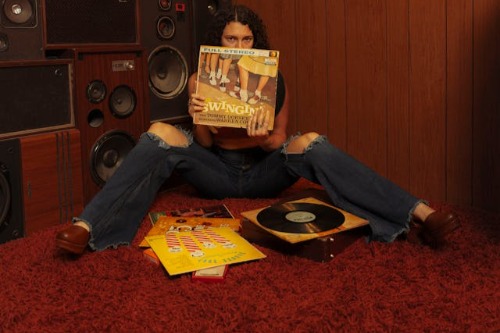
Remember the era when walking barefoot on a living room floor felt like sinking into a cloud? Shag carpeting made a huge comeback in the ’70s and again in the early 2000s, usually eliciting polarized opinions. Its thick, textured fibers were cozy but notorious for trapping dirt, dust, and small toys. Yet somehow, the nostalgia factor keeps it creeping back into modern homes.
Today’s versions are more refined—shorter piles, easier maintenance—but the essence is the same. People love it for bedrooms and lounges where comfort is king. Retro enthusiasts even pair it with mid-century furniture to amplify the throwback vibe. Whether you adore it or dread it, shag refuses to vanish completely.
2. Macramé
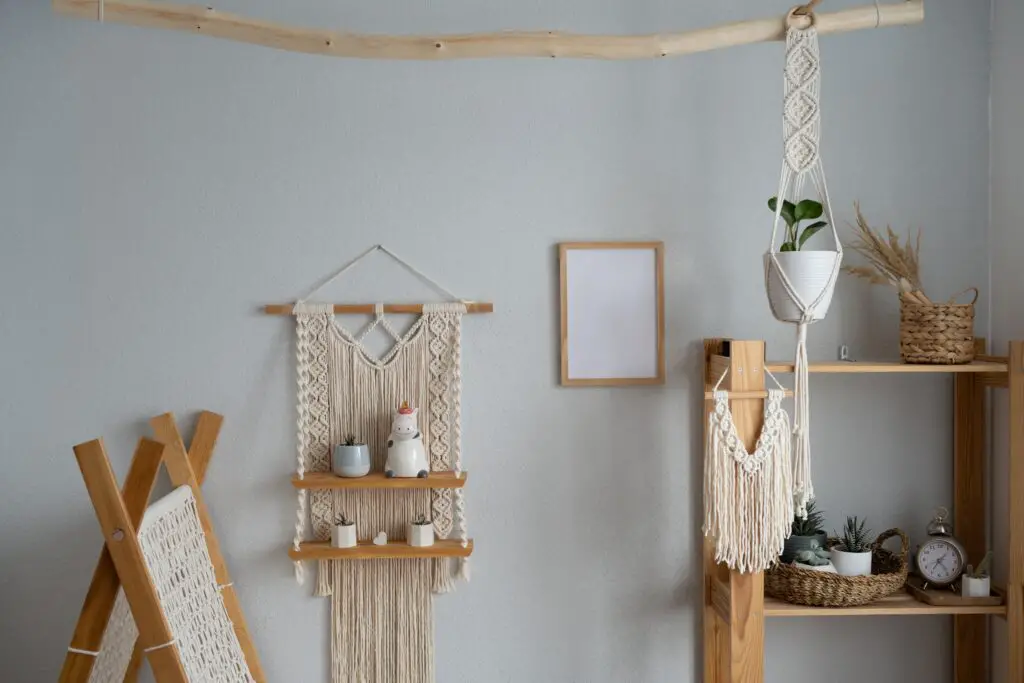
Macramé wall hangings and plant holders were all the rage in the ’70s, vanished, and then resurfaced in the 2010s. The handcrafted knots evoke a bohemian, handmade charm that mass-produced décor just can’t replicate. Its reappearances are often linked to cycles of DIY culture and a collective craving for tactile creativity. If Instagram is any indicator, macramé is back in homes where plants reign supreme.
It’s not just about nostalgia; macramé introduces texture and organic shapes to sterile spaces. Minimalists use it sparingly, while maximalists go all-in with wall-to-wall knots. The art form encourages patience, too, giving hobbyists a sense of accomplishment. Essentially, it’s decorative therapy that loops back every couple of decades.
3. Beaded Curtains
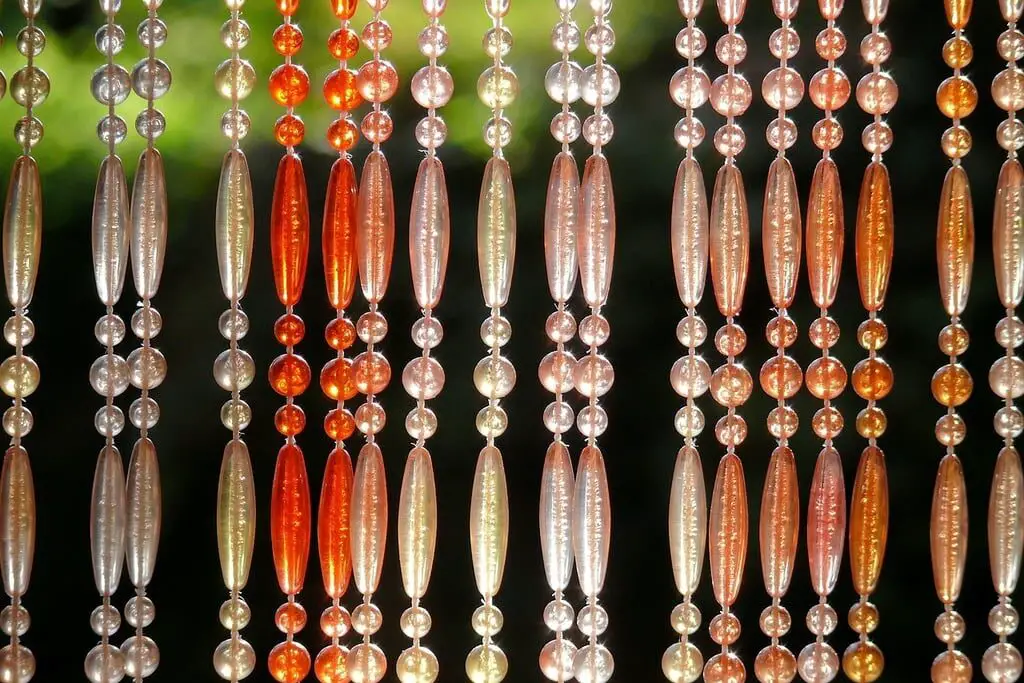
Beaded curtains defined funky doorways in the ’70s and again in retro-themed bars in the 1990s. They serve as a visual divider without being a wall, adding color, sound, and a touch of whimsy. Often criticized for being tacky, they somehow never die—they just hide in basements until a resurgence. Designers now experiment with glass, metal, and wood beads for a sleeker appeal.
The charm is in movement: each step creates a gentle sway, reminding people of a more playful era. They’re perfect for creating a bohemian entryway or a meditation nook. The tactile element appeals to people seeking more sensory-rich environments. It’s one of those trends that feels like a playful ghost from the past.
4. Mirrored Walls
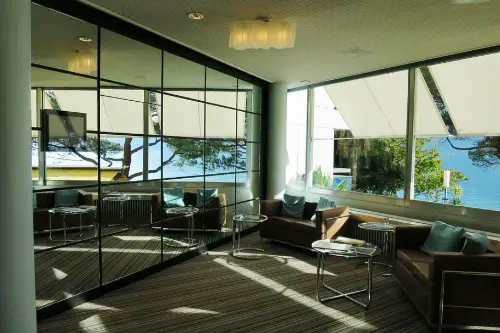
Once synonymous with disco-era excess, mirrored walls made a comeback in the 1980s and again in boutique hotels around 2010. They reflect light, making spaces appear larger, but the over-the-top installations of the past often looked like hall-of-mirrors nightmares. Designers have learned to tame them with subtle frames or geometric patterns. Still, when you see one, it’s impossible not to feel a twinge of retro glamour.
Modern adaptations are less about spectacle and more about accent. A mirrored backsplash or a partial wall adds dimension without screaming “1977.” They’re a favorite for small apartments needing the illusion of space. Essentially, mirrored walls teach us that even flashy trends have functional perks.
5. Terracotta Everything
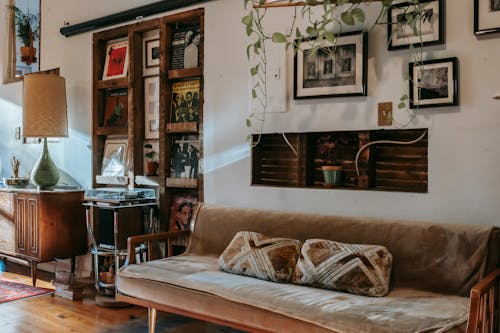
Terracotta tiles and planters dominated Mediterranean-style homes in the ’70s and returned in the early 2000s. Its earthy, sun-baked hue adds warmth, but it can feel dated if overused. The resurgence often ties to a desire for natural materials and eco-conscious aesthetics. Terracotta’s comeback is proof that what’s old can feel earthy, rustic, and modern at the same time.
This warm clay works in flooring, pottery, and kitchenware alike. Its versatility allows it to anchor spaces without overwhelming them. Paired with greenery or light woods, it feels inviting rather than stale. The material’s cyclical popularity makes it a classic “haunter” of home décor.
6. Sunburst Mirrors
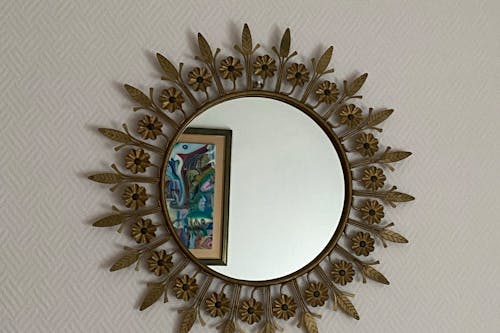
Iconic in the ’50s, ’70s, and again recently, sunburst mirrors are the jewelry of a room. Their radiating frames create visual interest, making them a popular focal point above mantels or beds. The mid-century revival of the 2000s gave these mirrors a second life, often in metallic or minimalist interpretations. They evoke optimism, light, and a playful nod to retro glamour.
They’re not just pretty; they’re strategic design tools. A sunburst mirror can make a small space feel expansive and airy. Even in modern interiors, they add a dash of drama without feeling overwhelming. Their repeated comebacks show that some styles just refuse to stay grounded.
7. Wicker Furniture
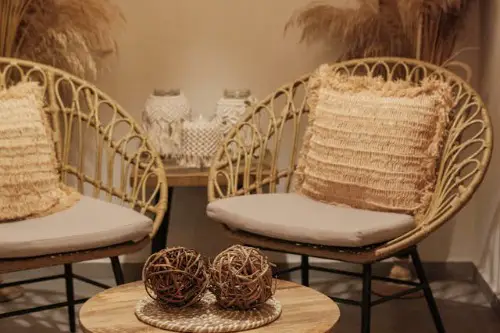
Once a hallmark of sunrooms and patios, wicker furniture floated back into popularity in the ’90s and again in the 2020s. Lightweight, airy, and textural, it fits well with both coastal and bohemian aesthetics. Its cyclical resurgence usually coincides with broader nostalgia for casual indoor-outdoor living. Wicker’s charm lies in its craft and natural feel, which mass-produced furniture struggles to match.
The modern twist often includes darker stains or resin weaves for durability. Designers use wicker for statement chairs or storage baskets rather than full-room coverage. It’s breathable, tactile, and surprisingly resilient. Clearly, wicker’s looping trend pattern isn’t going anywhere soon.
8. Patterned Linoleum
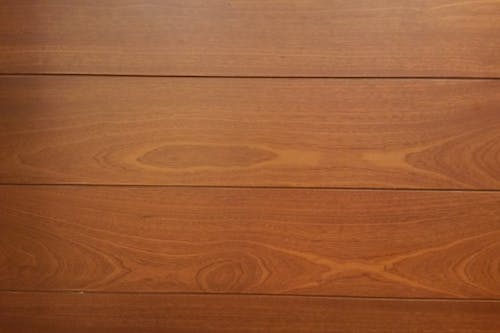
Patterned linoleum floors were a kitchen staple in the ’70s and returned as vintage-inspired tiles in the 2010s. Often dismissed as cheap or kitschy, the geometric and floral patterns bring boldness into everyday spaces. Its reemergence reflects a desire to combine practicality with personality. People love it for its durability and easy maintenance, not just the nostalgia factor.
Today’s versions mimic the original look but with modern materials that last longer. Kitchens, mudrooms, and bathrooms benefit from its retro appeal. Linoleum’s cyclical revival proves that functional trends can still be stylish. It’s proof that the floor can have a personality too.
9. Velvet Upholstery
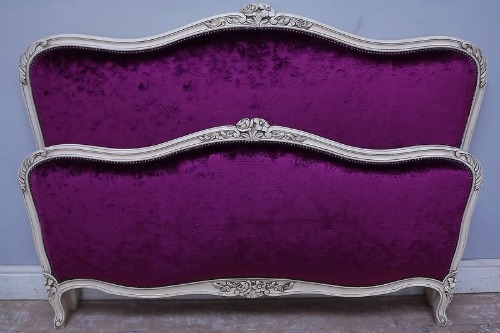
Velvet couches and chairs defined opulence in the ’70s, returned in the ’90s, and resurfaced in the 2020s. Luxurious yet cozy, velvet instantly elevates a space with color and texture. Its comebacks usually align with bold color trends, from jewel tones to muted pastels. Despite its maintenance reputation, velvet persists because it feels indulgent.
Modern designers choose shorter, more durable piles or blend with performance fabrics. Accent chairs, ottomans, and sofas get the velvet treatment to make a statement. It’s tactile, stylish, and retro without trying too hard. Velvet’s recurring popularity is the epitome of “once loved, always loved.”
10. Avocado Green Appliances
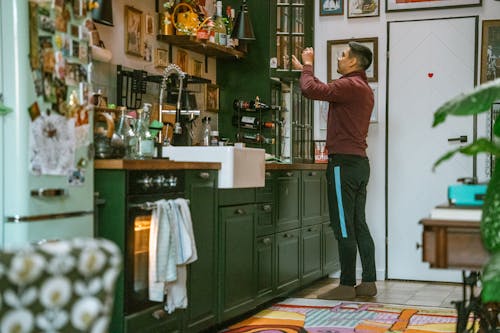
This one’s a time capsule: the classic avocado green refrigerators and stoves of the ’70s. Designers laughed, then nostalgia enthusiasts cried, then retro kitchens embraced them again. Their reappearances tie to both mid-century revivals and eco-conscious shades of nature-inspired color palettes. They scream personality in a world of stainless steel uniformity.
Modern manufacturers have produced limited-edition retro appliances with updated technology. It’s a deliberate nod to a quirky, colorful past while staying functional. Collectors and designers alike swoon over their kitschy charm. Avocado green proves that sometimes bold colors never truly leave.
11. Open Shelving Kitchens
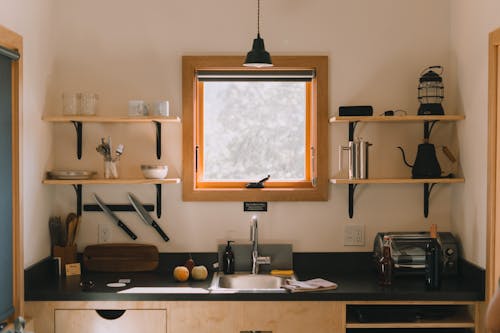
Open shelving kitchens had their heyday in the ’80s and resurfaced in the 2010s as part of minimalism and farmhouse trends. They offer accessibility and a chance to display curated dishware and décor items. However, the dusting and styling upkeep scares off many homeowners. Still, it’s a recurring favorite because it makes kitchens feel lighter and more social.
Designers balance function and aesthetics with floating shelves or mixed open-and-closed cabinetry. It encourages organization and an opportunity to show off personality. The trend’s cyclical nature highlights society’s desire for both practicality and visual openness. Open shelving remains a reminder that less can indeed be more.
12. Terrazzo Floors
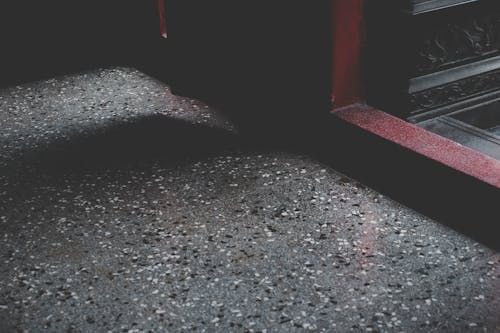
Terrazzo emerged in the mid-20th century, saw a ’90s revival, and then stormed back in the 2020s. Its speckled, colorful chips can be made from marble, quartz, or recycled materials. The material’s comeback aligns with interest in sustainable, durable surfaces that are also visually interesting. Terrazzo turns mundane flooring into a statement piece without relying on wallpaper or paint.
Interior designers love its flexibility: bold, contrasting chips or muted, monochromatic looks fit any room. It’s practical, artistic, and surprisingly timeless. The cyclical nature proves that functionality and aesthetics are a powerful duo. Terrazzo is a trend that refuses to age quietly.
13. Pop Art Prints
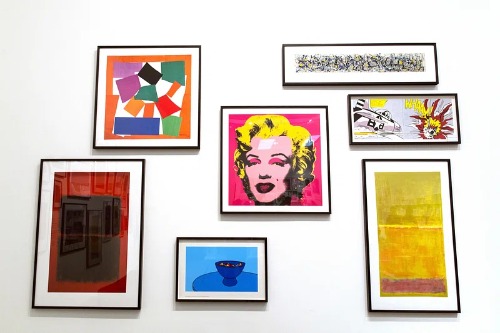
Think Andy Warhol and Roy Lichtenstein, then imagine their aesthetic appearing in suburban homes decades later. Pop art prints were everywhere in the ’60s, returned in the ’80s, and reappeared on Instagram walls in the 2010s. Its recurring popularity speaks to the human love of bold colors, humor, and cultural commentary. It’s approachable art that makes any room feel instantly energetic.
Collectors, decorators, and DIY enthusiasts all tap into its nostalgia. The prints offer a playful, ironic twist that mixes well with modern minimalism. They’re conversation starters, mood lifters, and timelessly cheeky. Pop art proves that some visual statements just can’t stay buried.
This post 13 Decor Styles That Boomerang Back Every 20 Years to Haunt Us was first published on Greenhouse Black.
